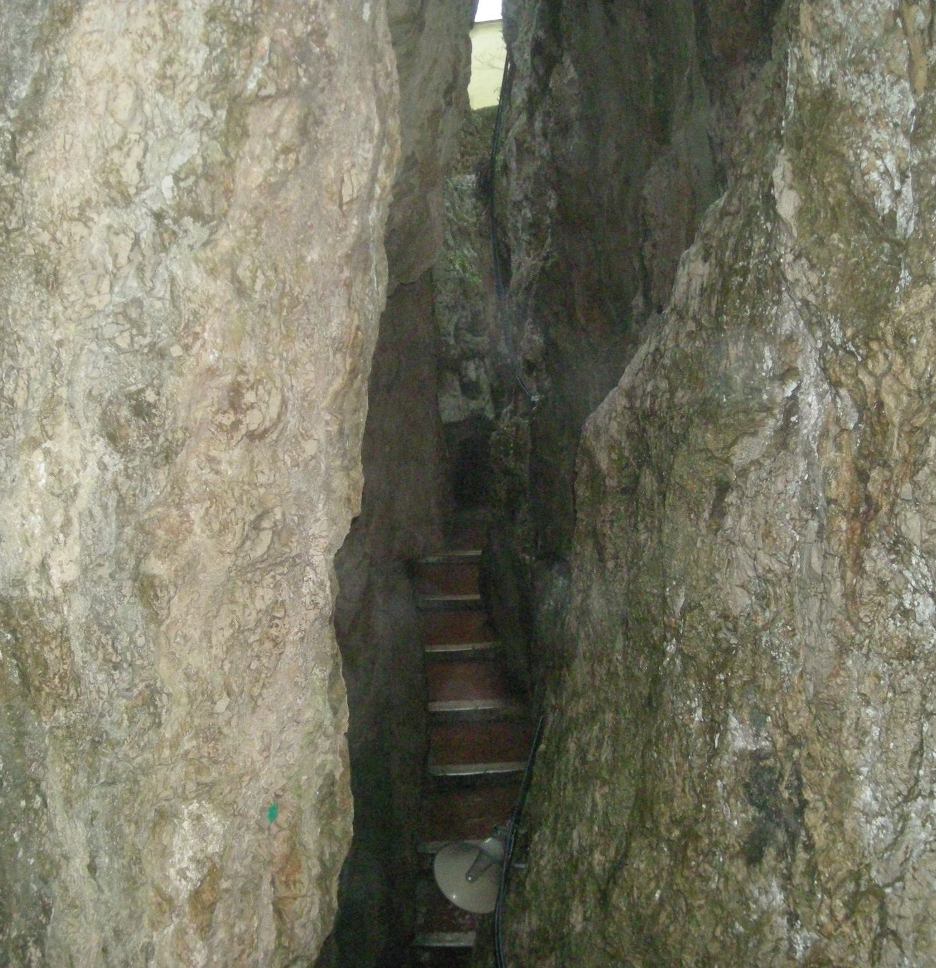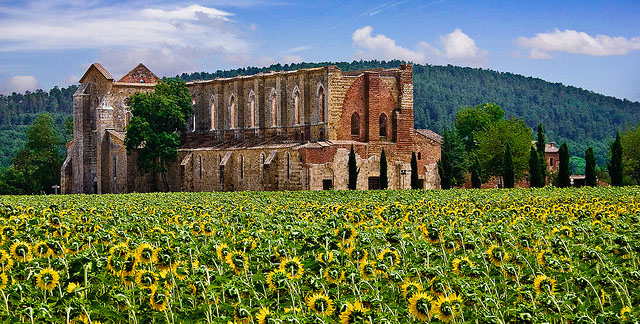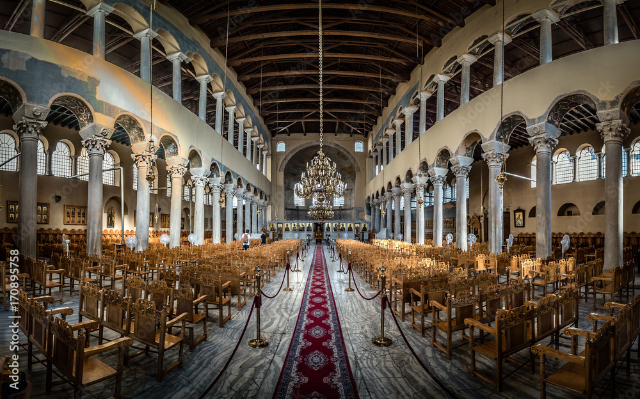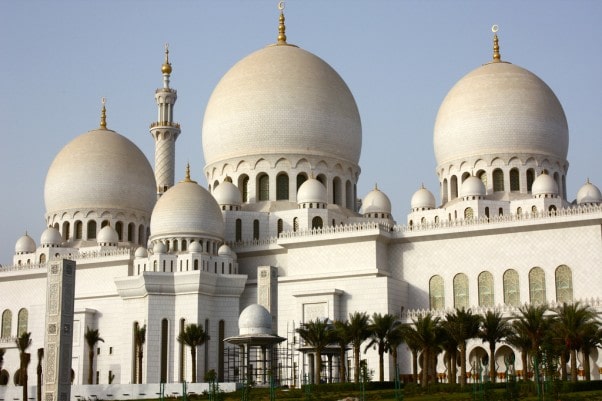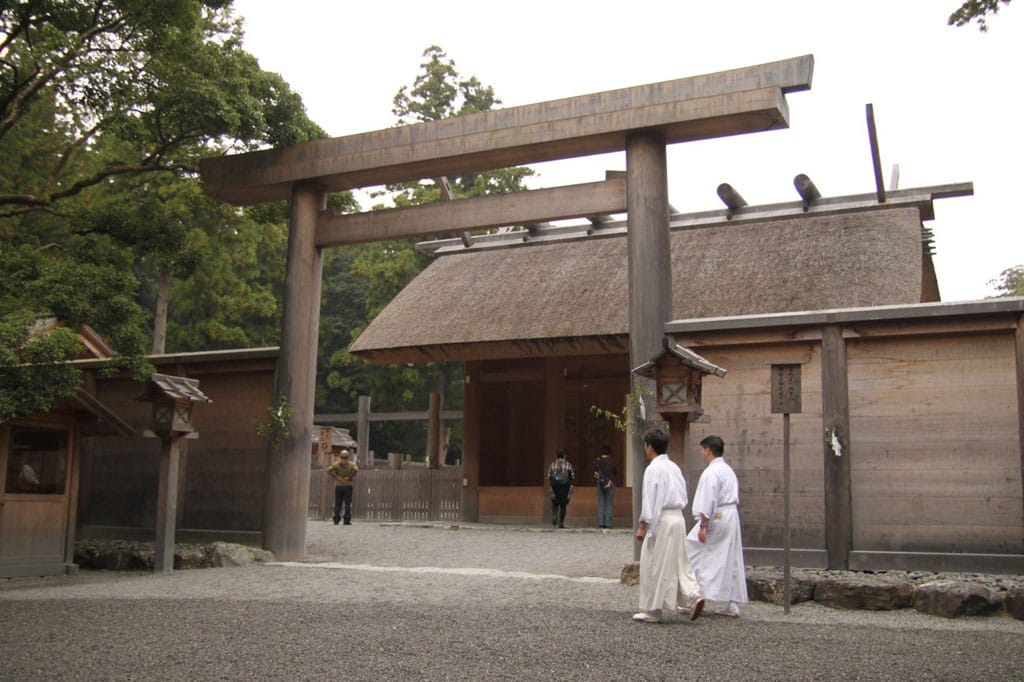The Church of the Most Holy Trinity was built in the 11th century.
It had a Benedictine monastery attached to it. After a brief period of dependence on the institute of SS.ma Annunziata, it passedò under the jurisdiction of the monastery of S. Angelo in Planciano as a grange. In the 15th century on a boulder, detached from the rock and lying on the central cleft, the chapel dedicated to the Crucifix was built. Under Charles V the new bastions of the Gaetan fortress were built, which still lap the sanctuary today.
The present appearance of the church è the result of the 19th century restoration by the Alcantarine fathers.
The complex of the "Split Mountain" is set in the context of three cracks in the rock.
To the left of the church there è the descent to the fissure of Grotta del Turco. To the side are the Roman cisterns of the villa of L. Munazio Planco, not far from the mausoleum of the same name. To the right of the church there is an uncovered corridor with the Stations of the Cross on the walls in majolica panels,the work of R. Bruno (1849): under each panel the verses of Metastasio. At the end there è the staircase leading up to the central cleft in a particularly evocative setting: tradition ascribes the opening of the cleft to the time of Christ’s death, when, according to the Scriptures, the veil of the temple of Jerusalem was torn. On the right wall, a Latin couplet, with a handprint beside it, recalls the miraculous mark made by an unbelieving Turkish sailor, who, mocking the pious tradition of the cleft’s birth, leaned on the rock, which, immediately, miraculously softened.
Just before the Chapel of the Crucifix (14th century), there è the stone bed of St. Philip Neri.
